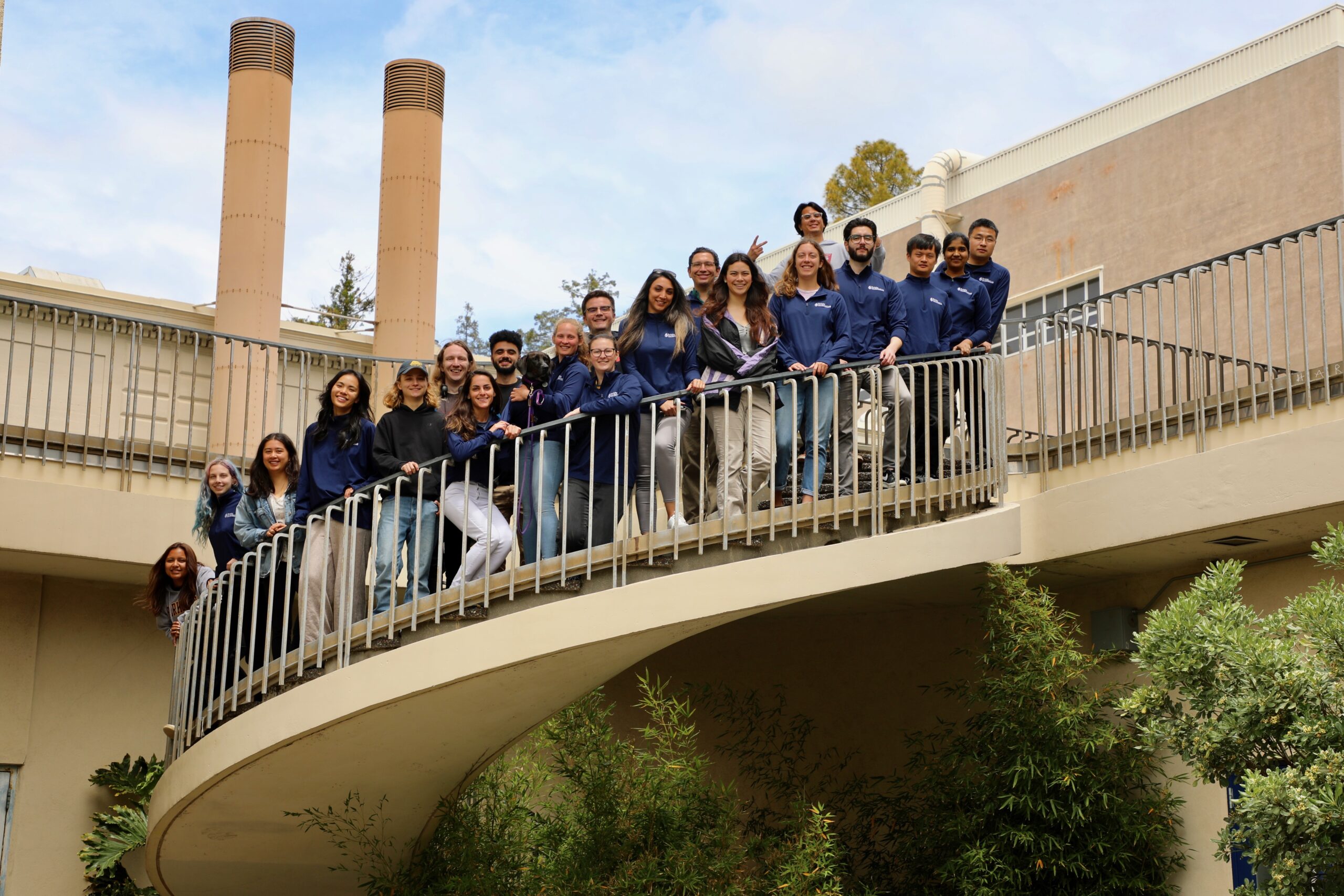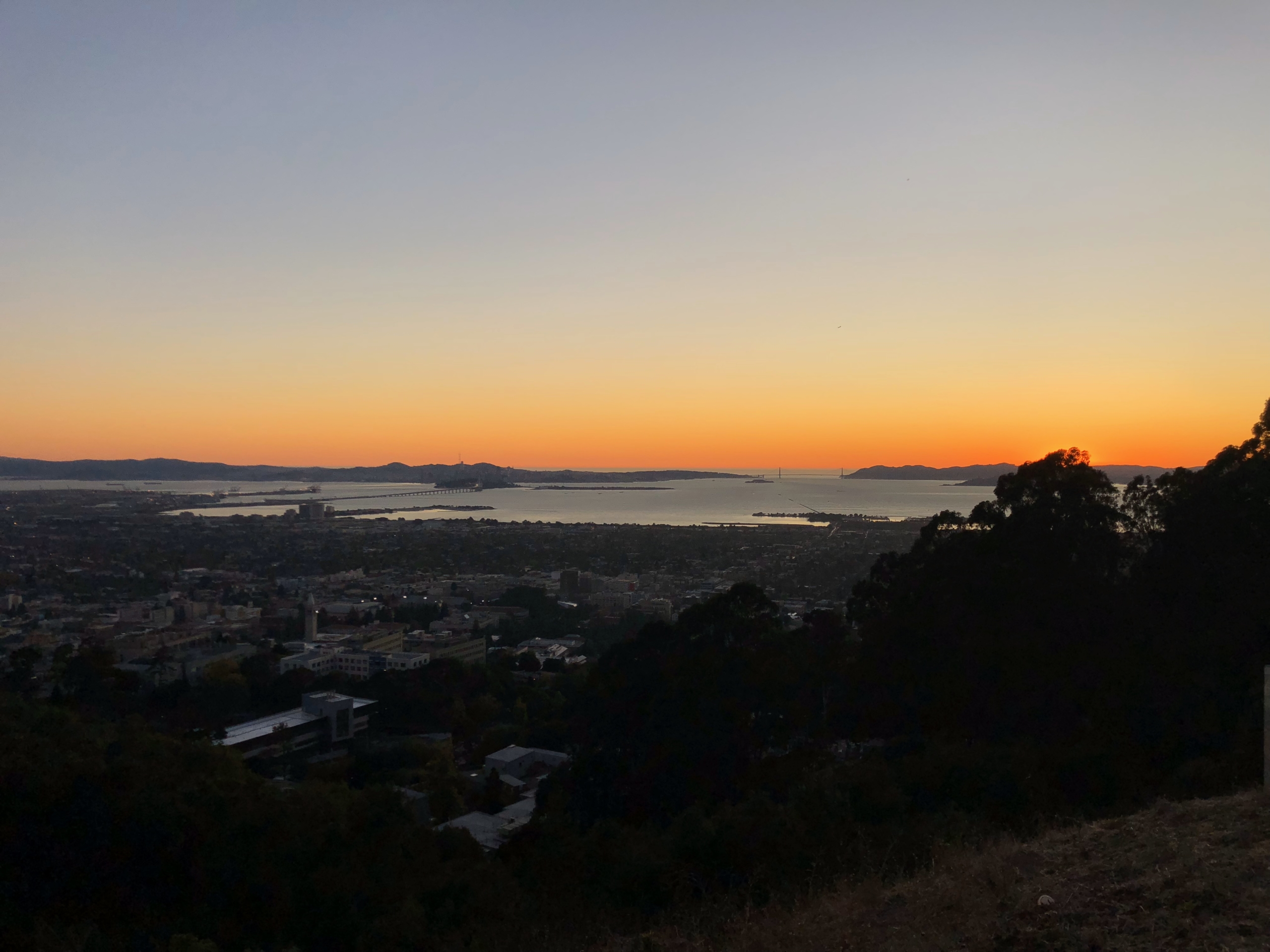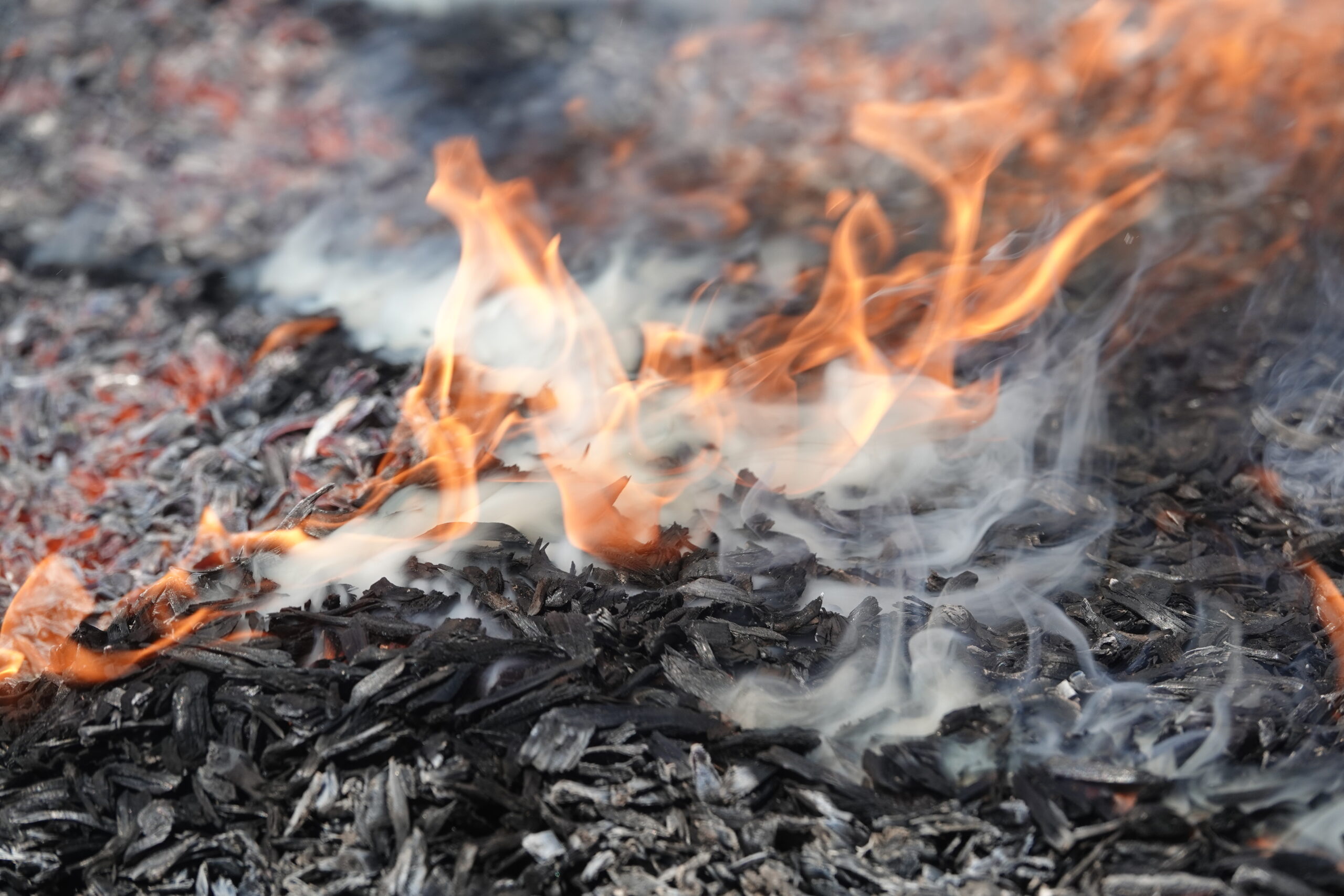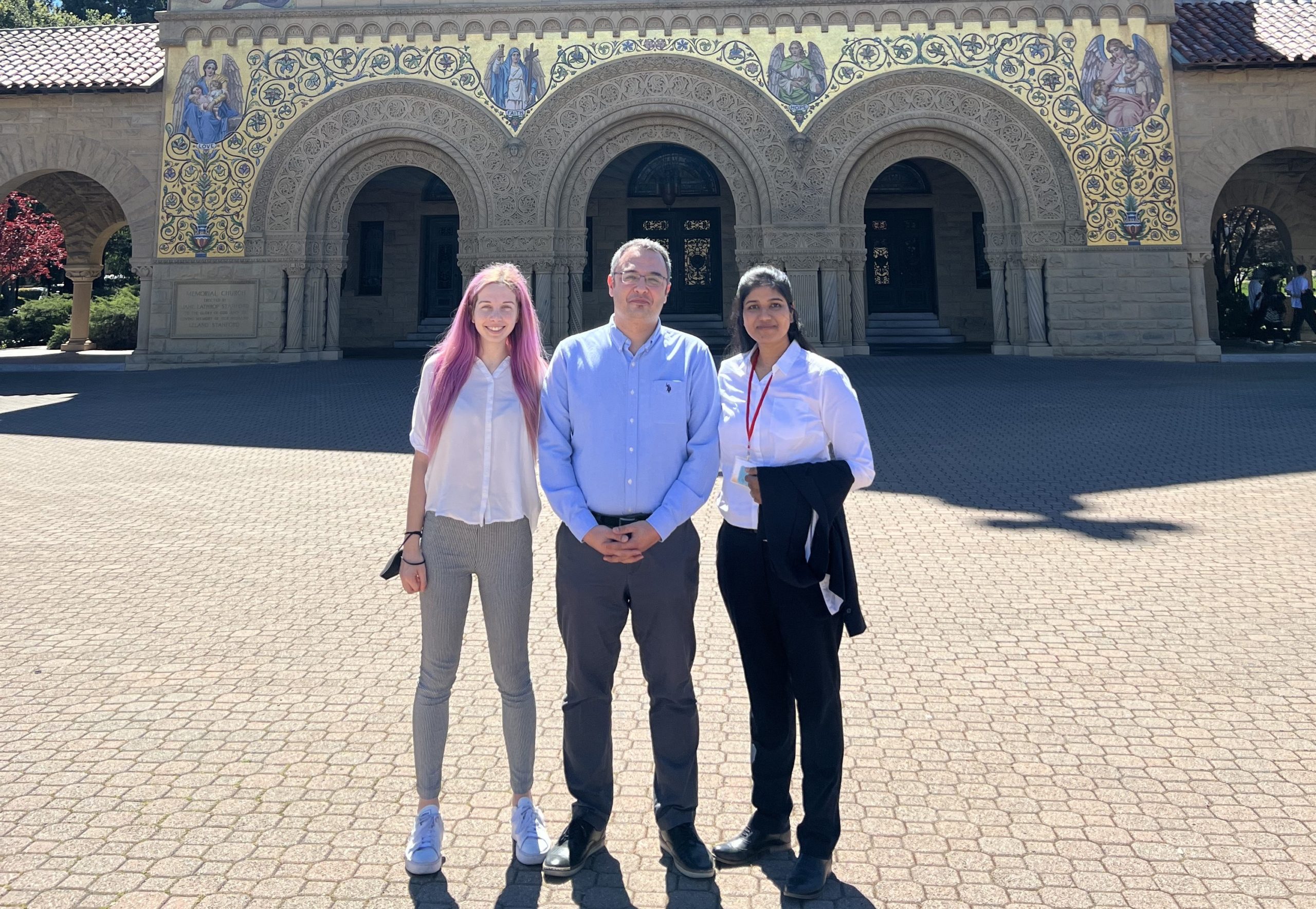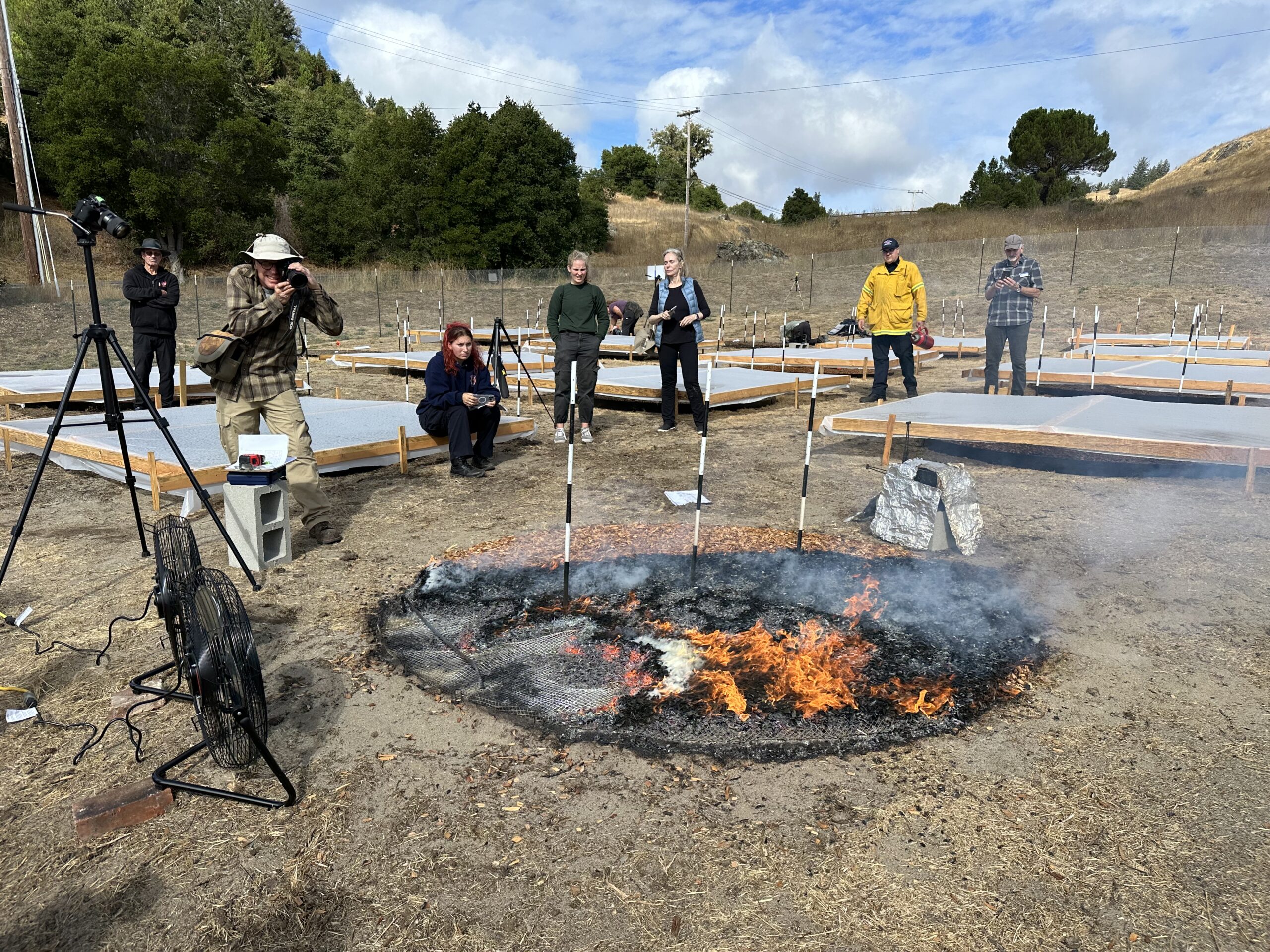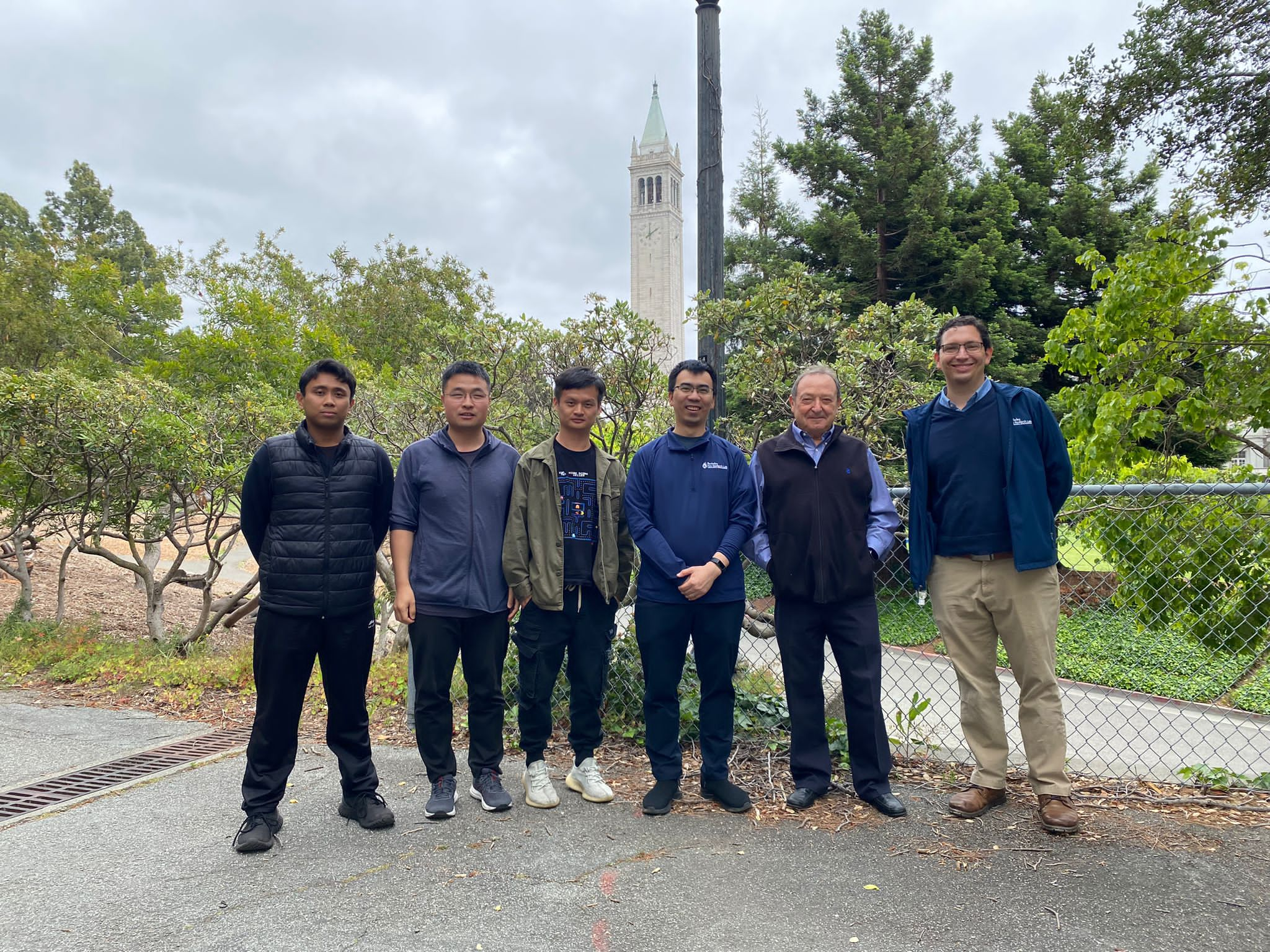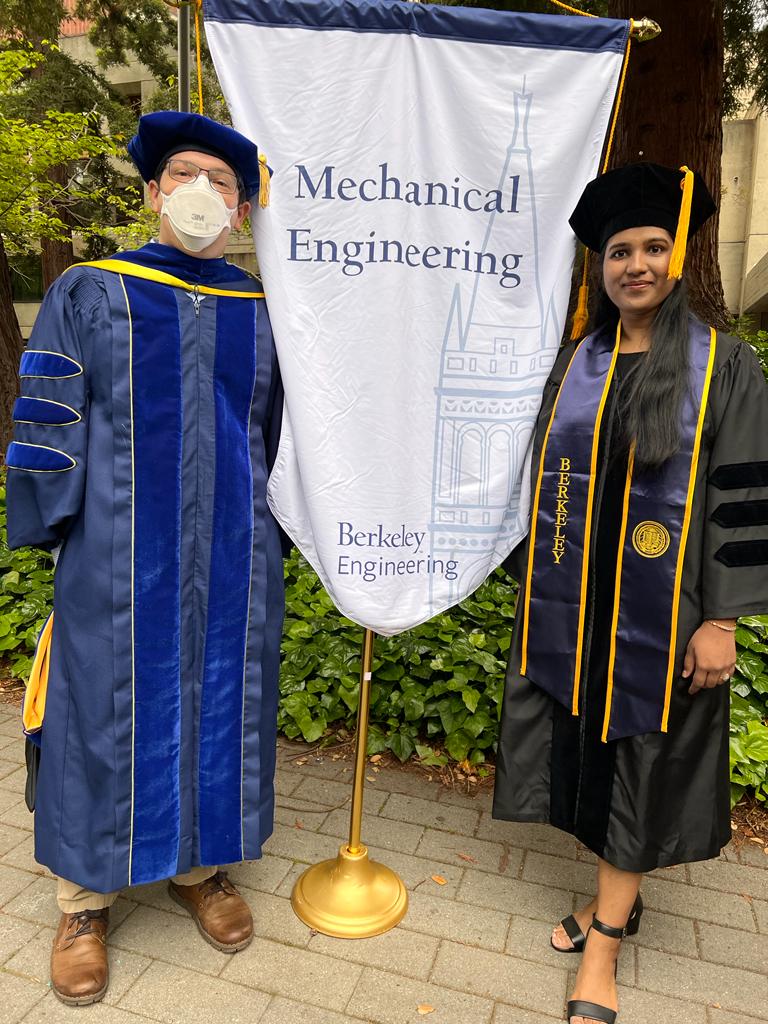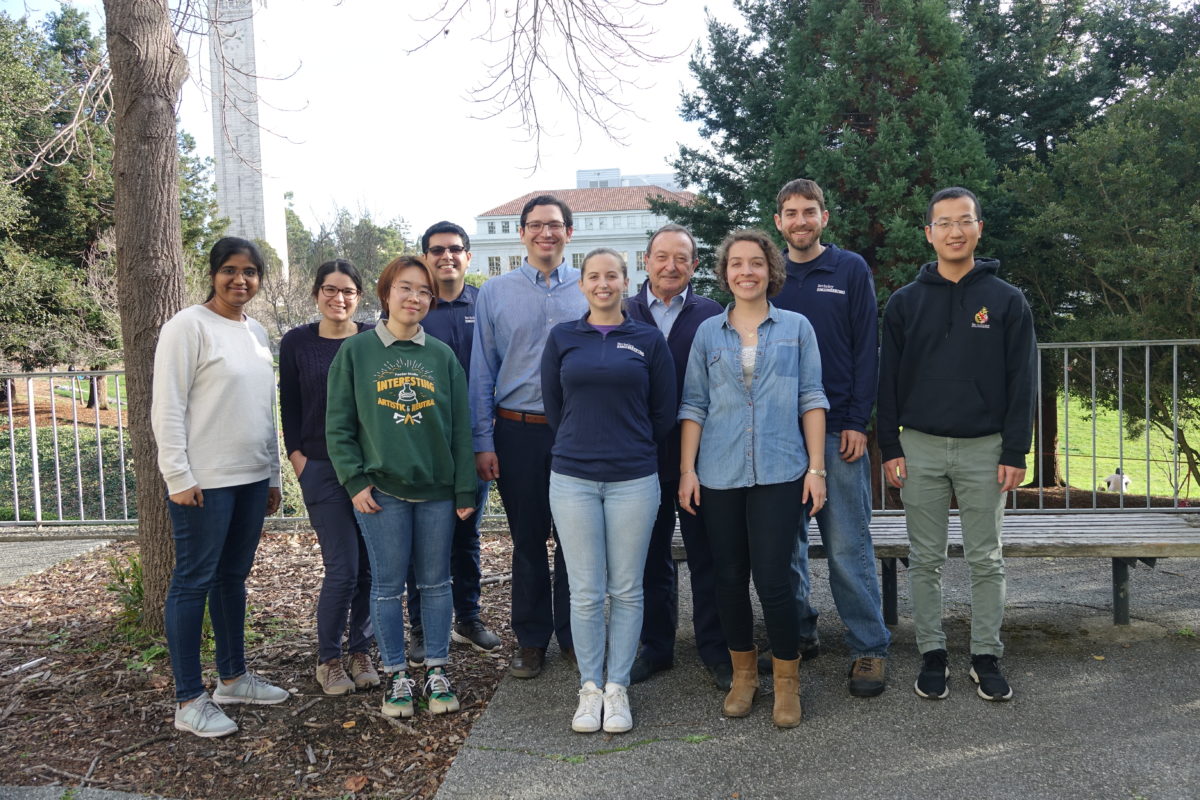The Berkeley Fire Research Lab, led by Associate Professor Michael J. Gollner is broadly interested in fire science problems, utilizing experiments and combustion and fluid dynamics theory to solve problems. Our work is centered around the fundamental physics that governs fire phenomena, applying knowledge from fluid mechanics, heat transfer and combustion to solve problems related to fire safety, climate and public health. We have also applied numerical modeling to understand experiments and investigate fire risk and spread. The lab is part of the Department of Mechanical Engineering at the University of California, Berkeley. We are closely affiliated with the Combustion and Fire Processes Laboratory led by Prof. Carlos Fernandez-Pello. We are also affiliated with the Berkeley Fire Research Group.
Take a look at this page if you are interested in joining our team.
Memberships
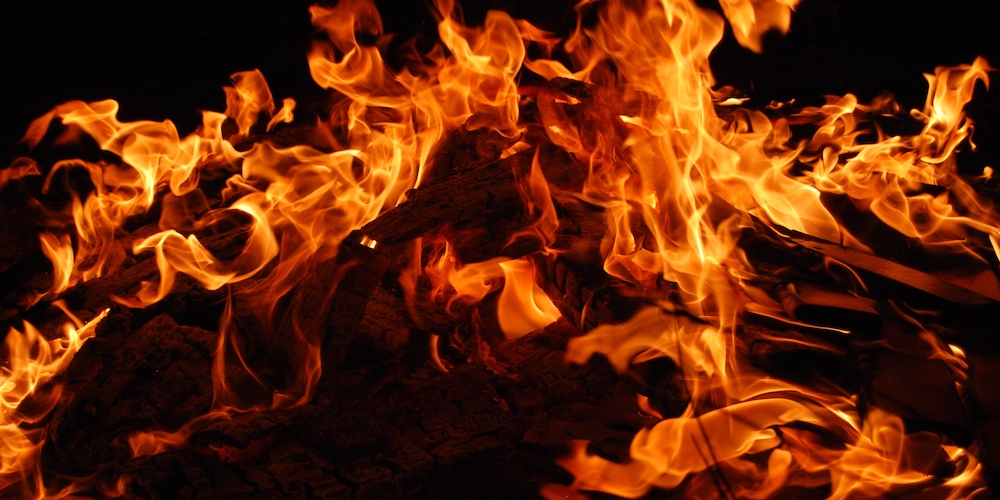
Member: Berkeley Fire Research Group

Member of the Pyregence Consortium

Member: SFPE Foundation Grand Challenges Initiative
Research Areas

